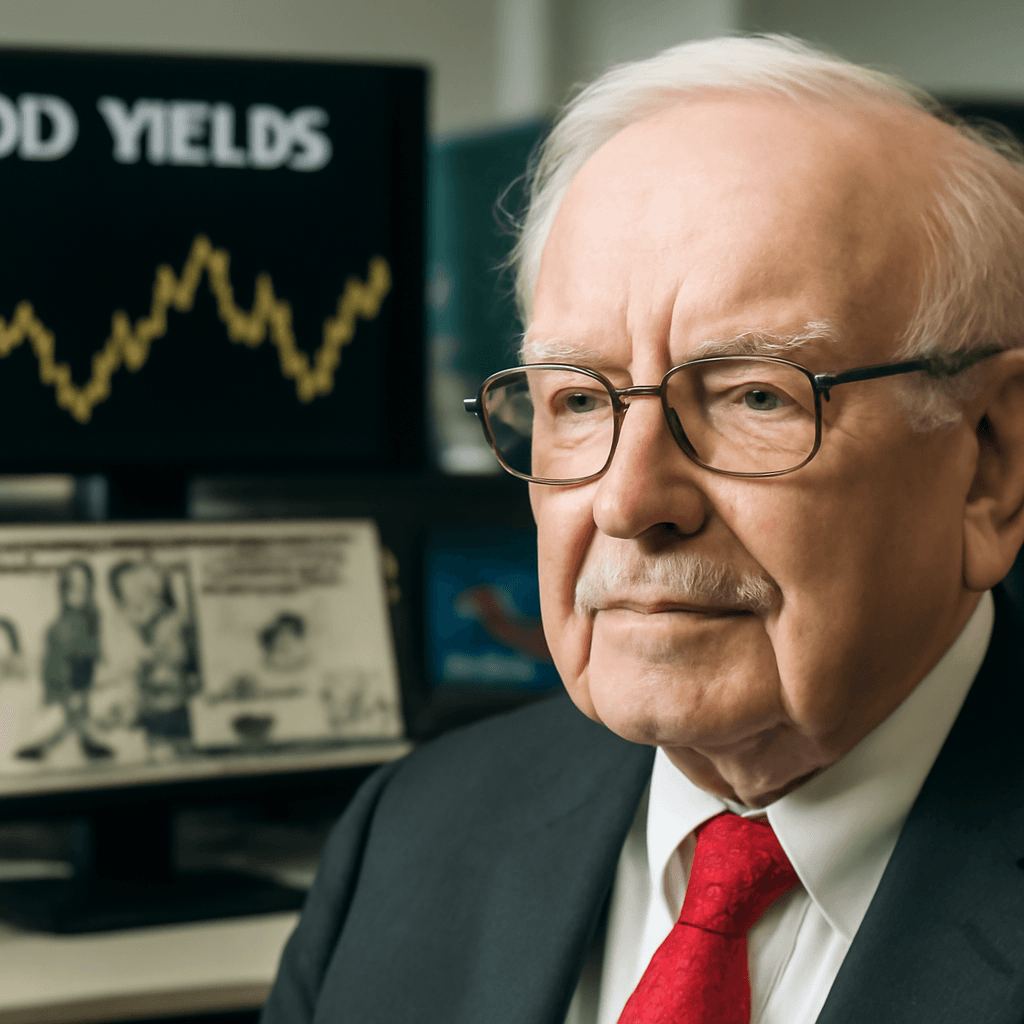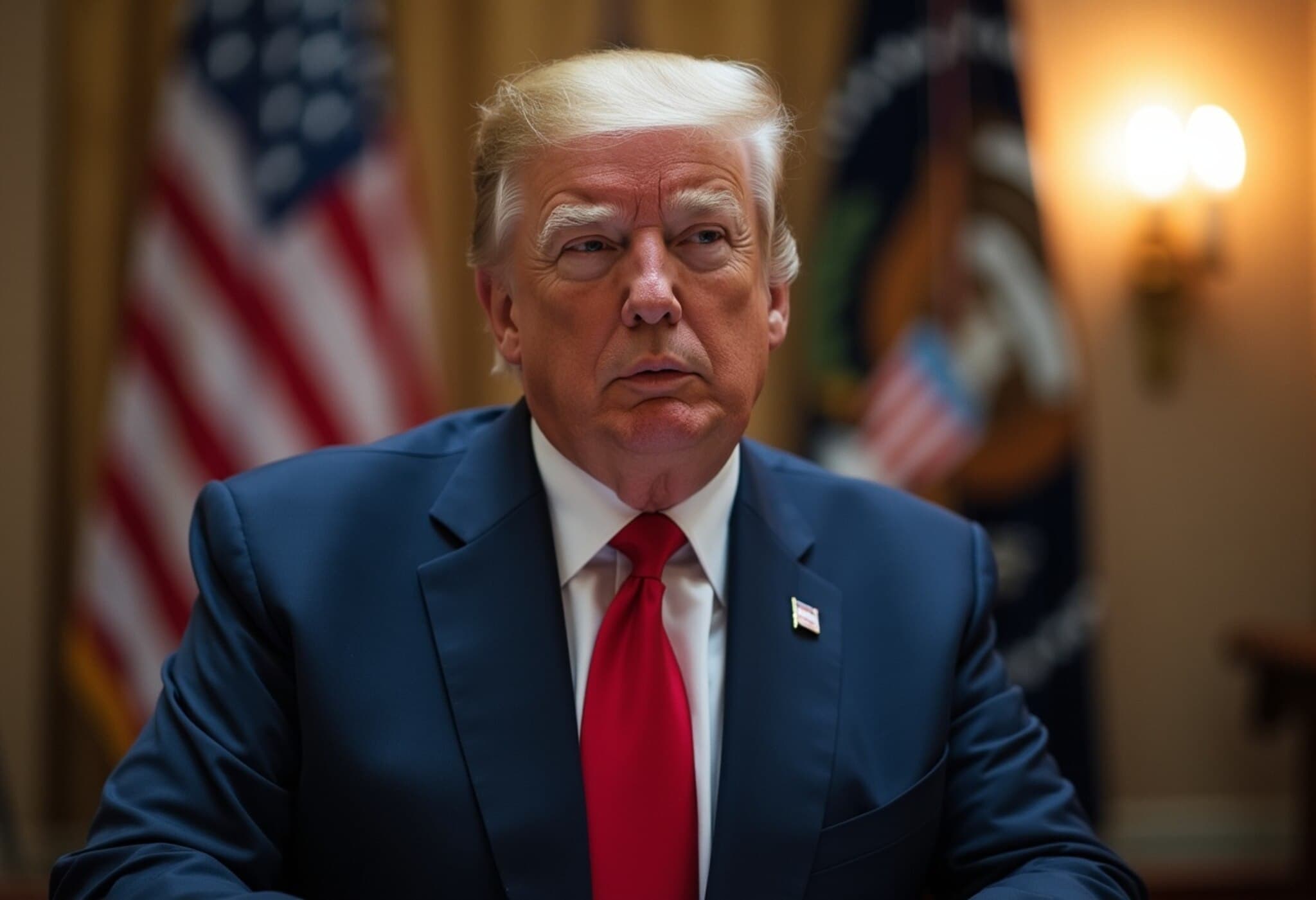Fund Managers Turn Their Eyes to Emerging Markets Amid Global Turmoil
Global equity markets have been rattled by volatility this year, pushing investors to rethink their strategies. Notably, emerging markets have caught the attention of fund managers, presenting fresh opportunities despite the challenges posed by recent U.S. tariff policies. As complex trade tensions unfold, emerging economies like Sri Lanka, Cambodia, and Vietnam have faced steep tariffs of up to 49%, set to officially take effect on July 8. Yet, many institutional investors remain optimistic that these high tariff rates may not be permanent.
Rising Allocations Back Emerging Markets
Recent survey data from a leading investment bank reveals a significant surge in fund managers’ appetite for equities in developing economies. Among 222 fund managers queried, responsible for a combined portfolio of $587 billion, there was a jump to a net 28% overweight position in emerging market stocks, up from 11% just a month prior.
Interestingly, 77% of these investors expect U.S. tariffs on imports to settle at rates lower than 82%, with an average forecasted tariff near 13%, much less than initially feared.
New Investment Products Targeting Emerging Markets
Investment firms themselves are stepping into this space. A major financial institution recently launched an Emerging Markets Green and Social Bond Active ETF designed to funnel investments into sustainable projects across developing countries. This fund is set to be traded on prominent exchanges including London and Deutsche Börse, highlighting the growing interest in socially conscious emerging market assets.
Why Emerging Markets Are Gaining Favor
Experts point to several reasons for this pivot. Emerging markets have generally adopted more pragmatic economic and central bank policies compared to their developed counterparts. For instance, many raised interest rates promptly to combat inflation and maintain fiscal discipline, contrasting with the sometimes erratic approaches seen in developed nations.
Meanwhile, valuations in developed markets hover near historical highs, making them less attractive. Conversely, emerging markets are characterized by relatively low valuations and less crowded trades, offering potentially higher upside.
Despite short-term volatility affecting all assets, the outlook for emerging markets remains promising due to their undervaluation and clearer policy frameworks.
Key Emerging Opportunities: Spotlight on Uzbekistan and Beyond
Investment banks are also identifying specific high-potential areas within emerging markets. One notable example is Uzbekistan, whose external sovereign debt has attracted positive attention due to several factors:
- Benefiting from rising gold prices supporting fiscal health
- Advancements in energy tariff reform reducing borrowing needs
- Recent upgrades in credit ratings, boosting investor confidence
With an average annual GDP growth rate of 5.3% since 2017, Uzbekistan offers geopolitical stability and attractive yields—drawing recommendations to shift funds from more volatile markets like Dubai real estate bonds.
Broader Emerging Markets Landscape and Future Outlook
Other notable emerging markets with strong upside potential include India, Brazil, and China. These regions are supported by favorable demographics and undervalued price-to-earnings and price-to-sales ratios.
Moreover, a growing emphasis on the “Global South”—a group of over 130 nations including India, South Africa, Vietnam, and Saudi Arabia—is fueling optimism. This region is predicted to constitute more than 70% of the global workforce by 2040 and already accounts for 20% of the world’s GDP.
Top countries to watch in this bloc cover an extensive range, from Southeast Asia to the Middle East, each offering unique growth drivers and investment prospects.
Conclusion: Navigating the Shifting Investment Landscape
Emerging markets have historically experienced heightened volatility compared to developed ones, but current trends suggest a potential new phase of growth and opportunity. While uncertainty remains, the combination of lower valuations, pragmatic policies, and favorable demographics is compelling investors to increase their exposure to these dynamic economies.


















